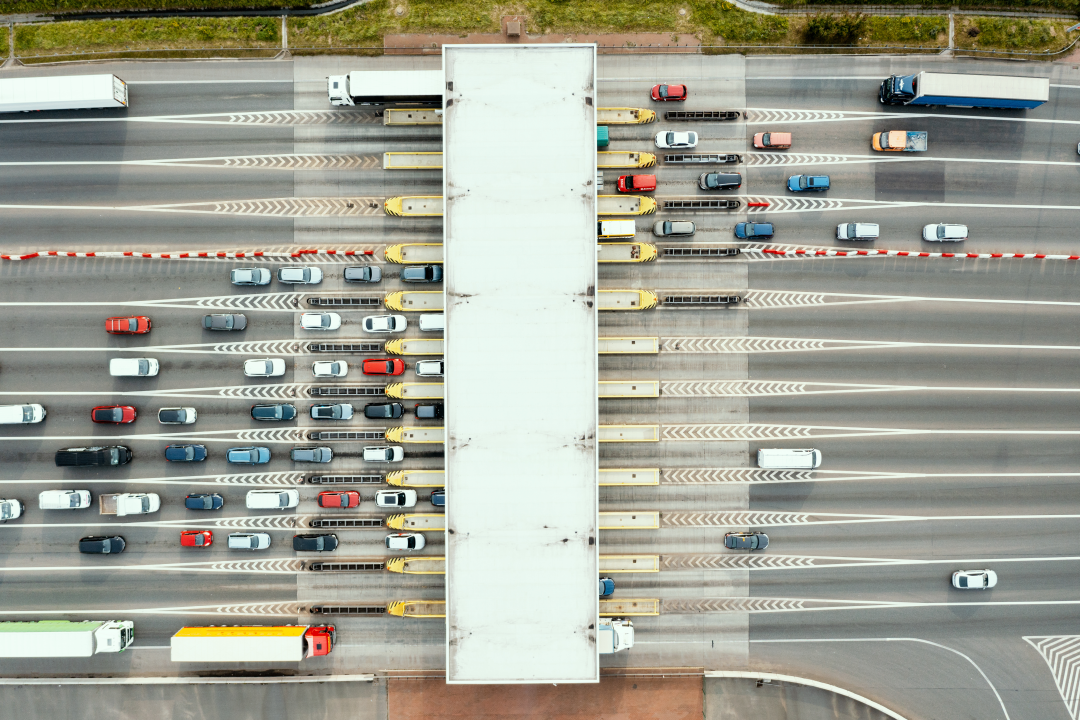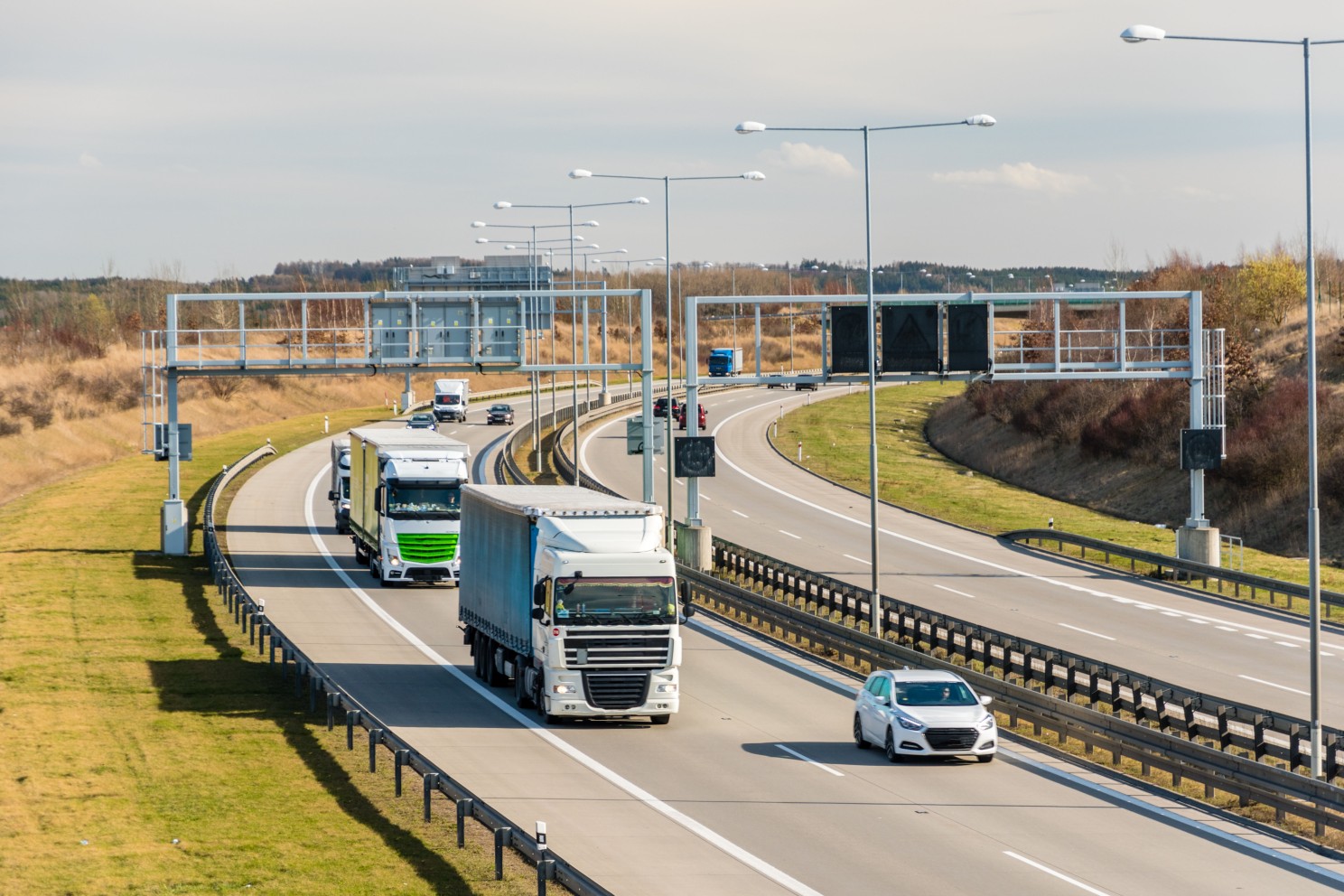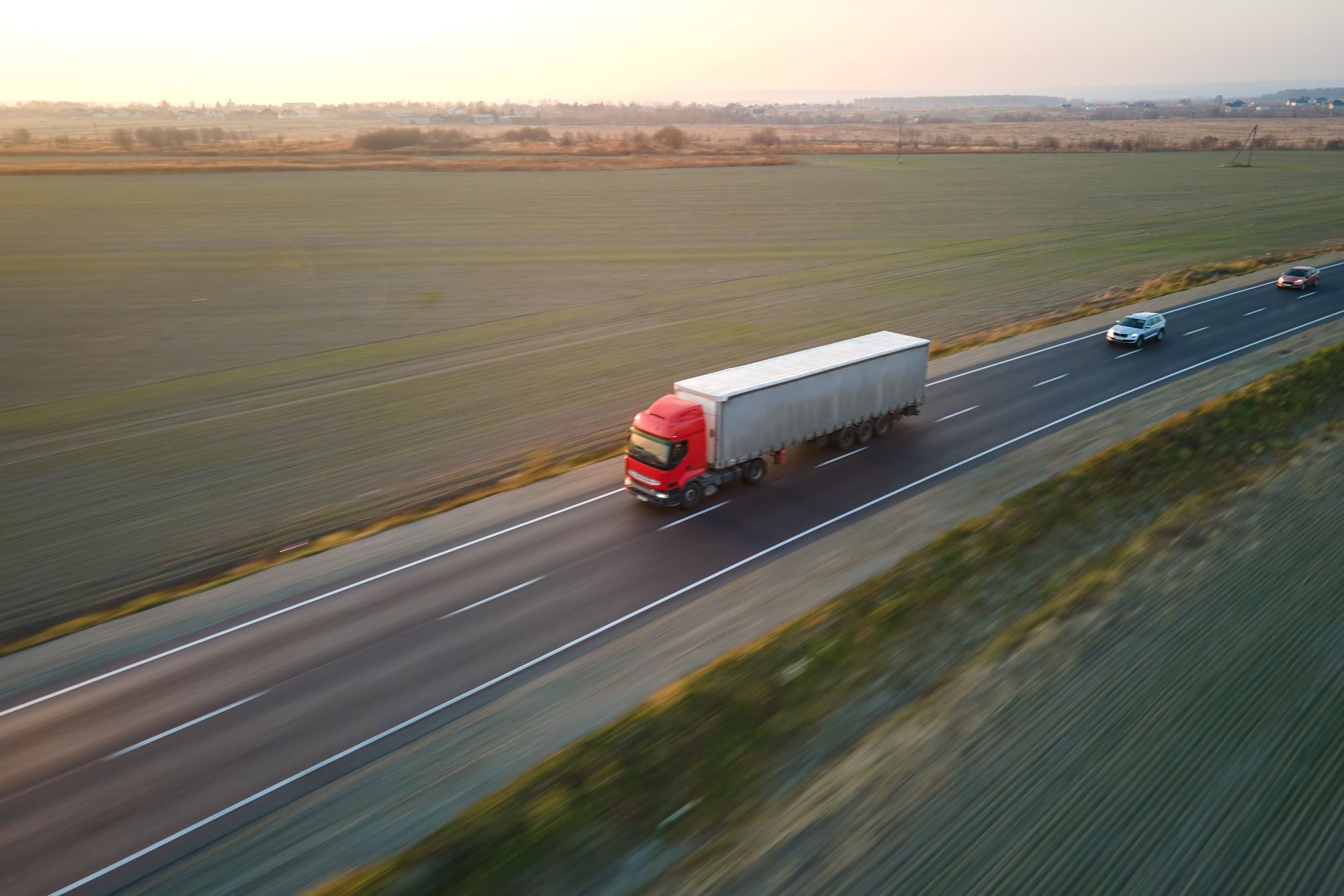
Susie Jones
Naujų sunkvežimių kelių mokesčių tarifų Vokietijoje supratimas
Sukurta: 12-08-2024
•
Atnaujinta: 12-08-2024
Vykstant nuolatiniams Vokietijos sunkvežimių kelių mokesčių sistemos pokyčiams, lengva pasiklysti daugybėje pakeitimų ir taisyklių. Beveik 83 % vietinių sunkvežimių reisų, apimančių maždaug 200 kilometrų, jau dabar vyksta mokamais keliais - tai rodo, kokią įtaką Vokietijos kelių mokesčiai daro transporto parko išlaidoms.
Padidėjus rinkliavų tarifams, šie nauji pokyčiai skaudžiai palietė automobilių parko bendroves. 2023 ir 2024 m. rinkliavos pakeitimus lėmė tai, kad Vokietijos vyriausybė parėmė Rinkliavos pakeitimo įstatymą, kuriuo priimami šie pakeitimai:
Nauji rinkliavų tarifai
Rinkliavų už išmetamą CO2 kiekį įvedimas
Gamtinėmis dujomis varomų transporto priemonių atleidimo nuo rinkliavos panaikinimas
Rinkliavos taikymo išplėtimas transporto priemonėms, kurių leistina bendroji masė viršija 3,5 tonos.
2023 m. sausio 1 d. pakeitimai
2023 m. pradžioje rinkliavos tarifai padidėjo. Tai lėmė trys veiksniai:
Ašių skaičius
Išmetamųjų teršalų klasė
Leistinas bendras transporto priemonių junginio svoris.
2023 m. gruodžio 1 d. pakeitimai
Gruodžio mėn. įvestos CO2 emisijų klasės kaip naujas tarifų kriterijus. Apskaičiuota 200 eurų priemoka už toną išmetamo CO2 - ji taikoma visoms transporto priemonėms, kurių leistina bendroji masė viršija 7,5 tonos. Atskiri papildomo mokesčio dydžiai, be dabartinio mokesčio, priklauso nuo išmetamųjų teršalų klasės.
1 klasė - sunkiasvorės krovininės transporto priemonės, kurių išmetamas CO2 kiekis yra didžiausias, todėl joms taikomas didžiausias galimas papildomas mokestis. TollCollect, kuri Vokietijoje renka rinkliavas už sunkvežimių naudojimą, visas registruotas transporto priemones priskiria šiai išmetamųjų teršalų klasei - transporto priemonių parkų operatoriai turi kreiptis į ją ir prašyti geresnės klasifikacijos, jei atitinka reikalavimus.
2 ir 3 klasės - abi klasės priskiriamos įvedant transporto priemonės duomenis į "TollCollect" portalą.
4 klasė - mažos taršos sunkvežimiai, pavyzdžiui, gamtinėmis dujomis varomos transporto priemonės.
5 klasė - nulinės taršos sunkvežimiai.
2024 m. sausio 1 d. pokyčiai
Nuo 2024 m. sausio 1 d. nebetaikomas atleidimas nuo rinkliavos gamtinėmis dujomis varomoms transporto priemonėms.
2024 m. liepos 1 d. pokyčiai
Rinkliava bus mokama už visas transporto priemones, kurių techniniu požiūriu leistina bendroji masė viršija 3,5 tonos. Šiam naujam pakeitimui taikomos kelios išimtys:
Transporto priemonės be išmetamųjų teršalų, kurių techniniu požiūriu leistina bendroji masė didesnė nei 4,25 tonos.
Ši išimtis galioja iki 2025 m. gruodžio pabaigos.
Prekybos įmonių naudojamos transporto priemonės - taikoma transporto priemonėms, kurių bendra masė neviršija 7,5 tonos.

Paruošti savo transporto priemonių parką liepos mėnesio pokyčiams
Iki liepos 1 d. turėsite patikrinti, ar jūsų transporto priemonėms taikoma kelių rinkliava, ir, jei taip, kaip norite ją mokėti.
Patikrinkite savo transporto priemones
Patikrinkite transporto priemonės registracijos liudijimo pirmąją dalį F1 laukelyje. Jei jūsų transporto priemonės techniškai leistina maksimali pakrautos transporto priemonės masė (TPMLM) yra didesnė nei 3,5 tonos, privalote mokėti rinkliavą. Sunkvežimiams, kurių TPMLM yra lygiai 3,5 tonos arba mažiau, rinkliava nemokama.
Transporto priemonių junginiai - jei velkančiosios transporto priemonės TPMLM viršija 3,5 tonos, jums taikoma rinkliava. Už transporto priemonių junginį, kurio TPMLM viršija 3,5 tonos, rinkliava nemokama, jei vilkiko TPMLM neviršija 3,5 tonos.
Transporto priemonių rinkliavos reikalavimai taikomi transporto priemonėms, skirtoms arba naudojamoms kroviniams vežti keliais.
Prekybos įmonės tam tikromis sąlygomis yra atleidžiamos nuo rinkliavų.
Kaip sumokėti rinkliavą
Patogiausias būdas mokėti yra naudojant borto įrenginį (OBU), kurį teikia "Toll Collect", Europos elektroninės rinkliavos paslaugų (EETS) teikėjai arba jų prekybos partneriai.
Norint atsiskaityti naudojant OBU įrenginį, reikia užsiregistruoti "Toll Collect" sistemoje ir susitarti dėl įrengimo susitikimo - įrengus įrenginį, nustatykite svorį "<7,5 t". Naudojant OBU įrenginį automatinis rinkliavos surinkimas greitkeliuose ir federaliniuose keliuose bus vykdomas nuo 2024 m. liepos 1 d.
Taip pat galite sumokėti rinkliavą "Toll Collect" interneto svetainėje arba naudodamiesi programėle prieš pradėdami kelionę.
Ar mano prekybos verslo transporto priemonei netaikomi nauji Vokietijos kelių mokesčių tarifai?
Kad būtų galima taikyti amatininko atleidimą nuo mokesčio, taikomi šie reikalavimai:
Transporto priemonę gali vairuoti tik prekybos įmonės darbuotojai.
Gabenamos medžiagos, įranga ar mašinos turi būti būtinos prekybos įmonės paslaugoms ir darbams atlikti.
Gabenamos rankų darbo prekės turi būti pagamintos, apdorotos arba suremontuotos prekiautojo versle.
Prekybines transporto priemones galite registruoti internetu adresu [Toll Collect] (https://www.toll-collect.de/en/tollcollect/tchomepage.html). Daugiau informacijos apie išimtis prekybos įmonės gali rasti "Toll Collect" puslapyje DUK.
Ar Vokietijoje sunkvežimiai gali važiuoti sekmadieniais?
Tam tikru metu draudžiama važiuoti komerciniais sunkvežimiais, kad sumažėtų eismas ir keliai būtų saugūs. Draudimas taikomas sekmadieniais, t. y. sunkvežimių vairuotojai, kurių sunkvežimis sveria daugiau kaip 7,5 tonos, negali juo važiuoti nuo 12 iki 22 val. Be to, draudimas važiuoti galioja ir šiomis valstybinių švenčių dienomis:
Naujųjų metų diena - sausio 1 d.
Didysis penktadienis - balandžio 18 d.
Velykų pirmadienis - balandžio 21 d.
Darbo diena - gegužės 1 d.
Žengimo į dangų diena - gegužės 29-oji
Kūčios - birželio 8 d.
Vokietijos suvienijimo diena - spalio 3 d.
Kalėdos ir Boksininkų diena - gruodžio 25 ir 26 d.
Pagrindinių atostogų metu, nuo liepos 1 d. iki rugpjūčio 31 d., šeštadieniais galioja draudimas vairuoti sunkvežimius, t. y. sunkvežimių vairuotojams draudžiama važiuoti nuo 7 iki 20 val.



